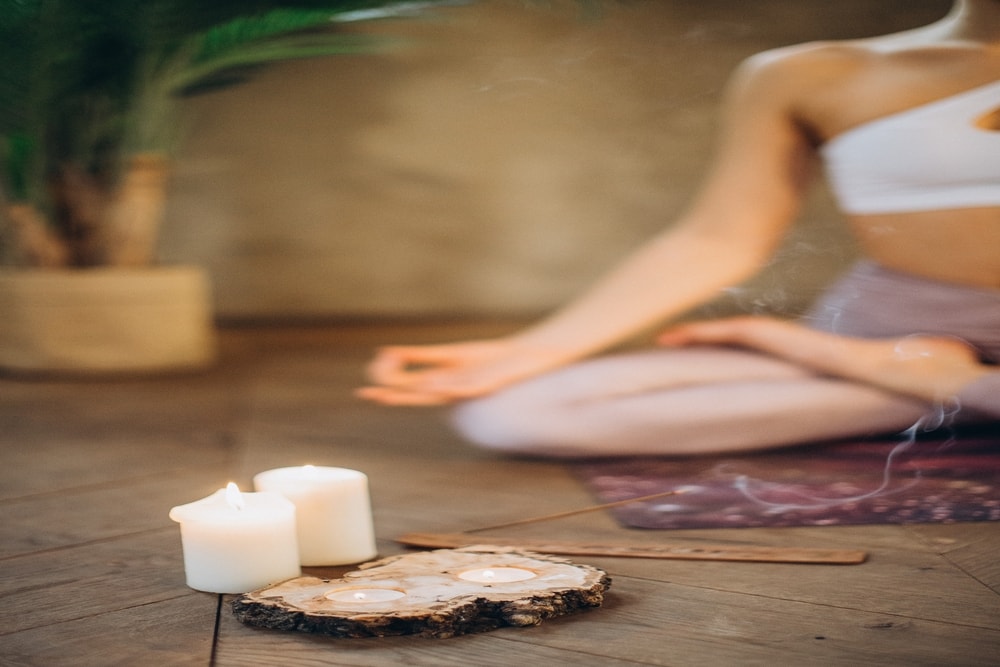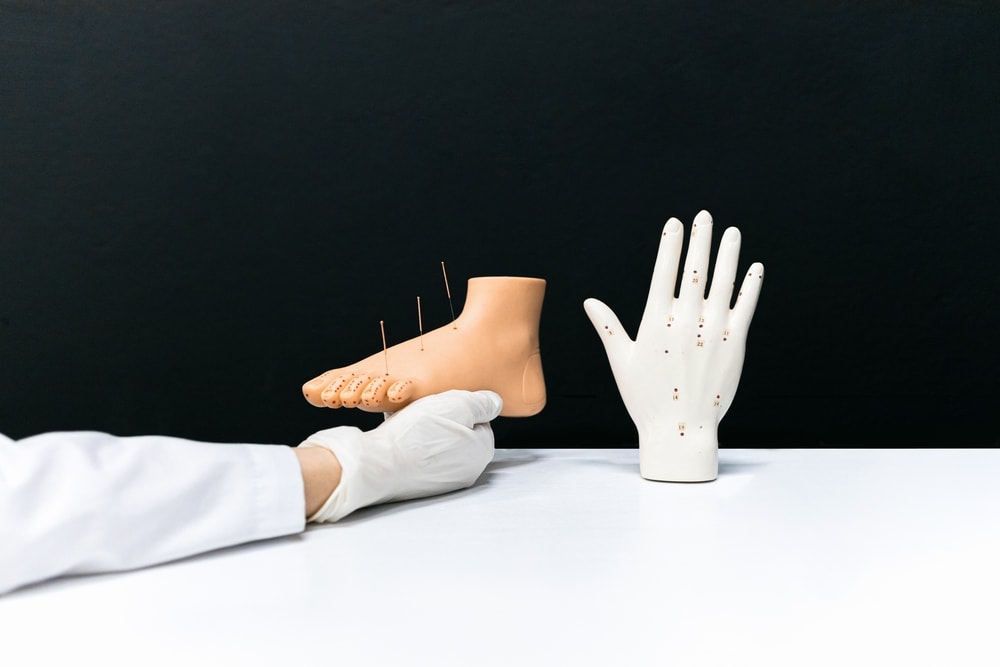Medical Spa vs. Traditional Spa: What’s the Difference?
When it comes to self-care and relaxation, there are many options available, including traditional spas and medical spas. While the two may seem similar, they offer distinct services and experiences. In this article, we’ll explore the differences between a traditional spa and a medical spa, and help you determine which one is the right fit for your needs.
What is a Traditional Spa?
A traditional spa is a facility that primarily offers services such as massages, facials, and body treatments. These spas focus on relaxation and stress relief, and often have amenities such as saunas, steam rooms, and hot tubs for guests to enjoy. Traditional spas typically employ licensed massage therapists, estheticians, and other wellness professionals to provide their services.
Services offered at a traditional spa
- Massages
- Facials
- Body treatments
- Manicures and pedicures
- Waxing and hair removal
Examples of traditional spa treatments
Some popular treatments offered at traditional spas include Swedish massages, hot stone massages, and deep tissue massages. Other treatments include body wraps, exfoliating scrubs, and aromatherapy facials.
What is a Medical Spa?
A medical spa, also known as a medspa, is a hybrid between a traditional spa and a medical clinic. Medical spas offer services that focus on both relaxation and medical treatments. They employ licensed medical professionals, such as doctors, nurse practitioners, and physician assistants, to perform their services.
Services offered at a medical spa
- Botox injections
- Dermal fillers
- Laser hair removal
- Laser skin resurfacing
- Medical-grade chemical peels
Examples of medical spa treatments
Medical spas offer a range of treatments that are designed to improve the appearance and health of the skin. These treatments may include Botox injections to reduce the appearance of fine lines and wrinkles, dermal fillers to restore volume to the face, and laser hair removal to permanently reduce unwanted hair.
The Main Differences Between a Traditional Spa and a Medical Spa
While both traditional spas and medical spas offer relaxation and self-care services, there are several key differences between the two:
Differences in services offered
Traditional spas primarily offer services such as massages, facials, and body treatments, while medical spas focus on medical treatments such as Botox injections, dermal fillers, and laser hair removal.
Differences in staff qualifications and training
Traditional spas employ licensed massage therapists and estheticians, while medical spas employ licensed medical professionals such as doctors and nurse practitioners.
Differences in equipment and technology used
Medical spas use medical-grade equipment and technology, while traditional
spas may use standard spa equipment such as massage tables and steam rooms.
Differences in the overall environment and atmosphere
Traditional spas typically have a serene and relaxing atmosphere, while medical spas may have a more clinical feel due to the medical treatments offered.
Which Spa is Right for You?
When deciding between a traditional spa and a medical spa, it’s important to consider your individual needs and preferences. Some factors to consider include:
- Your desired outcome: Are you looking for relaxation and stress relief, or do you have a specific medical concern you’d like to address?
- Your budget: Medical spa treatments tend to be more expensive than traditional spa treatments.
- Your comfort level: If you’re uncomfortable with medical procedures or clinical environments, a traditional spa may be a better fit.
In general, traditional spas are a great choice for those looking for a relaxing and pampering experience, while medical spas are a good option for those looking to address specific medical concerns or improve the appearance of their skin.
Examples of scenarios where a traditional spa may be a better fit:
- You’re feeling stressed and need a break from your daily routine.
- You’re celebrating a special occasion with friends or loved ones.
- You’re in need of some pampering and self-care.
Examples of scenarios where a medical spa may be a better fit:
- You’re looking to reduce the appearance of fine lines and wrinkles.
- You have acne or other skin concerns that you’d like to address.
- You’re interested in exploring non-surgical alternatives to cosmetic procedures.
Final thoughts on the benefits of both types of spas
Both traditional spas and medical spas offer a range of benefits. Traditional spas provide a relaxing and rejuvenating experience that can help reduce stress and improve overall well-being. Medical spas offer treatments that can improve the appearance of the skin and address specific medical concerns. Ultimately, the choice between a traditional spa and a medical spa comes down to personal preference and individual needs.
No matter which type of spa you choose, taking time for self-care and relaxation is an important part of maintaining a healthy and balanced lifestyle.
Conclusion
Whether you’re in need of a stress-relieving massage or a medical treatment to improve the appearance of your skin, there’s a spa out there for you. By understanding the differences between traditional spas and medical spas, you can make an informed decision about which one is the right fit for your needs.


